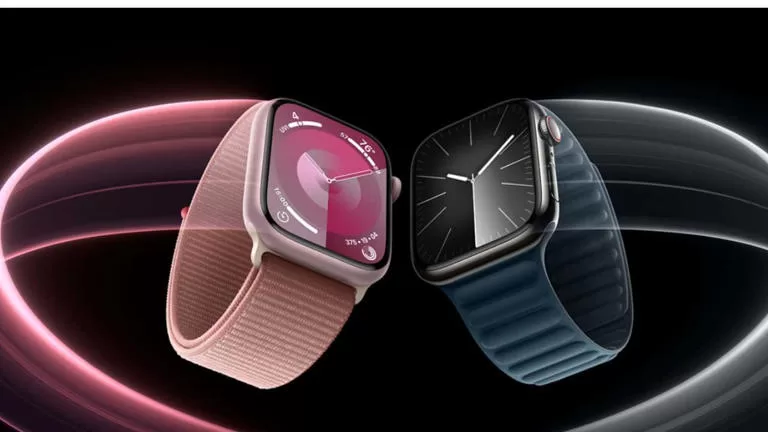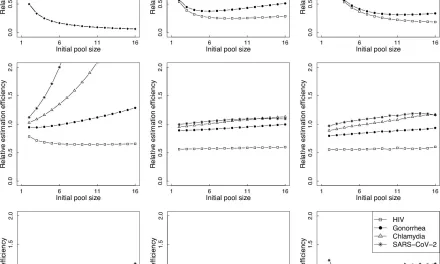Apple is pushing the boundaries of wearable health technology with a groundbreaking new development. The tech giant, renowned for its game-changing Apple Watch series, is working on a new fabric strap that could feature built-in health sensors capable of monitoring vital signs such as blood pressure and respiration levels. This innovation comes on the heels of Apple’s consistent commitment to enhancing the health-tracking capabilities of its devices, making them not only lifestyle accessories but also powerful tools for personal health management.
A New Era for Apple Watch Bands
As of November 2024, Apple has been granted 38 new patents by the U.S. Patent and Trademark Office, but one particular patent has caught the attention of the tech community. Patent number 12133743 details a new type of stretchable fabric watch band embedded with sensors that could revolutionize the way users track their health. According to the patent, the new bands could measure a range of physiological metrics, from blood pressure to heart respiration levels, without the need for bulky sensors or external devices.
Apple’s move to integrate sensors into its watch straps is a natural evolution of the health features already embedded in the Apple Watch. Since its inception, the Apple Watch has been praised for its advanced sensors that help users track everything from heart rate and oxygen levels to sleep patterns. The addition of health sensors in the straps would further enhance these capabilities, providing continuous and accurate monitoring, even during activities like exercise or sleep.
Stretchable Fabric Bands and Wireless Charging
The smart fabric bands could be made from a flexible material that conforms comfortably to the user’s wrist while integrating seamlessly with Apple Watch models. Apple already offers stretchy fabric bands as accessories for its wearables, so this new innovation could be easily incorporated into the existing product lineup in the coming years.
One particularly exciting feature of this new strap is its potential for wireless charging. According to the patent, the embedded circuitry within the fabric could be powered wirelessly, allowing users to keep their sensors charged without needing to connect to a traditional power source. This could open the door to new conveniences for users, who might never need to remove their bands for charging again.
Broad Applications and Future Potential
Beyond the Apple Watch, the patent hints that this smart fabric technology could be used in other wearable devices as well, including headbands or bands for virtual reality systems like the Apple Vision Pro. Apple’s Vision Pro headset uses an elastic fabric band for comfort, and integrating health sensors into such a device could expand its utility in tracking health metrics during immersive experiences.
While this concept may sound futuristic, Apple is not the only company exploring fabric-based health monitoring. The Huawei Watch D2, for example, already includes blood pressure monitoring capabilities in its strap. Nevertheless, Apple’s focus on seamless integration, user experience, and advanced wireless technology could set its upcoming fabric straps apart in the market.
Built to Last in Harsh Conditions
In addition to health features, the patent also hints at durability improvements. The new smart fabric bands are expected to be resistant to high temperatures, making them ideal for users in extreme climates or those engaging in high-performance activities where durability is key.
As Apple continues to innovate with its Apple Watch series, it’s clear that the company is doubling down on its health-focused strategy. The potential of these smart fabric bands to monitor vital health signs could give users a deeper insight into their well-being, offering real-time data that could lead to more proactive health management.
While these new fabric straps may not be available in the next Apple Watch release, it’s clear that Apple is preparing for a future where its wearables become even more integral to daily life—blurring the line between technology and personal health monitoring.











